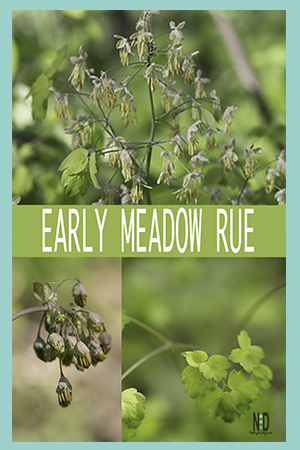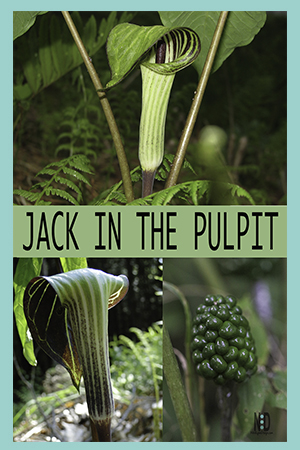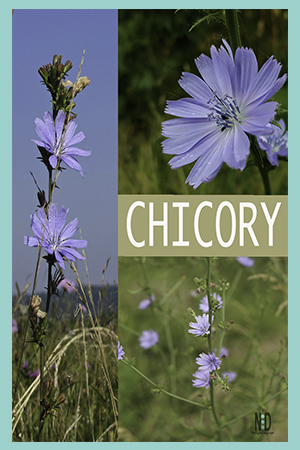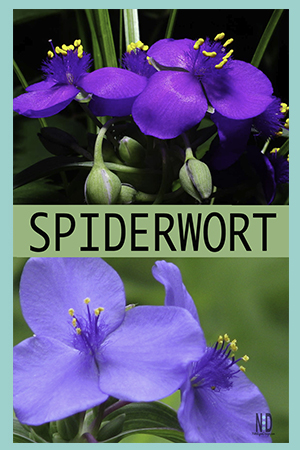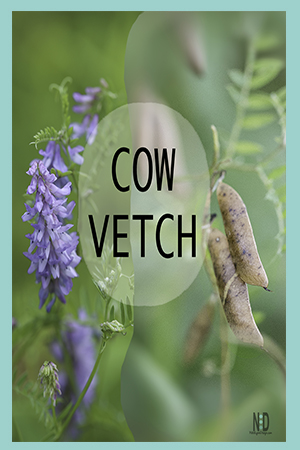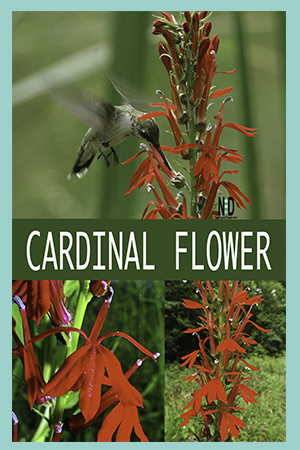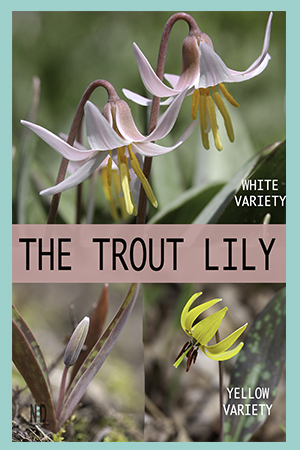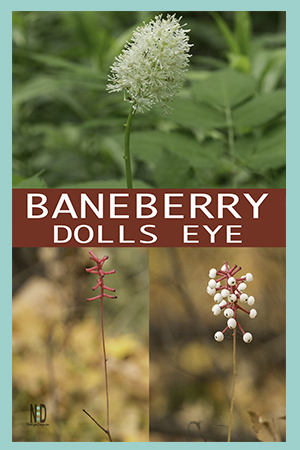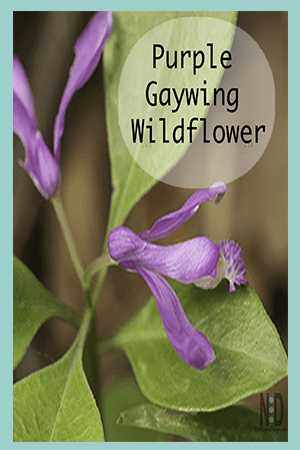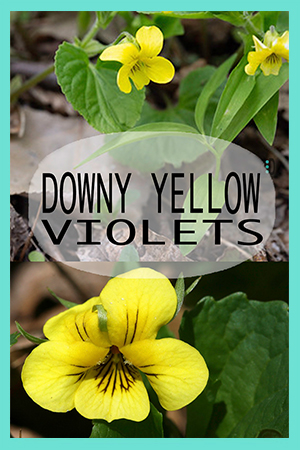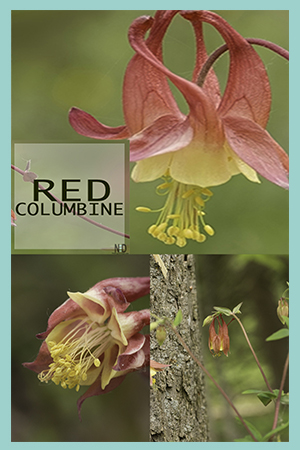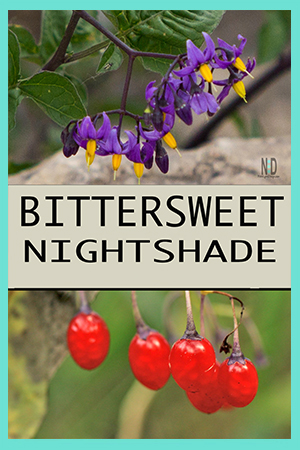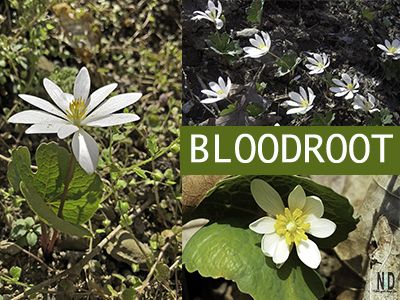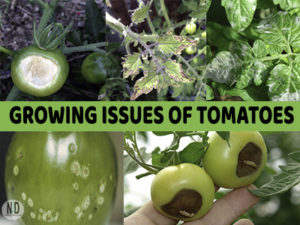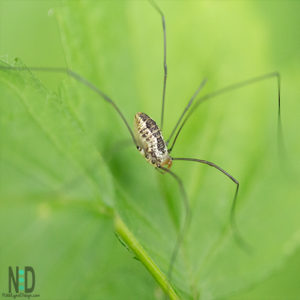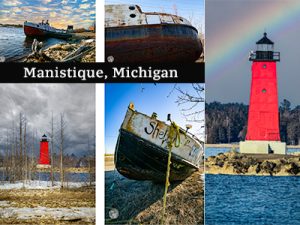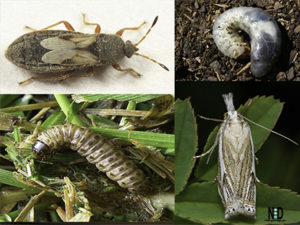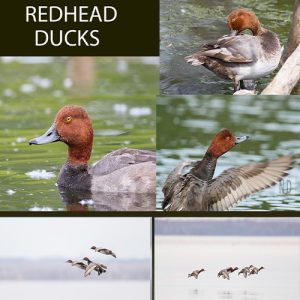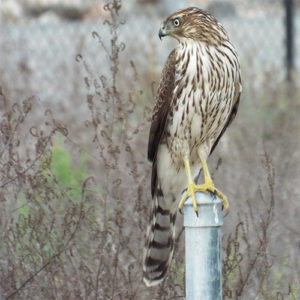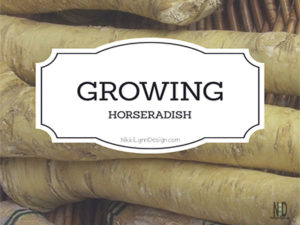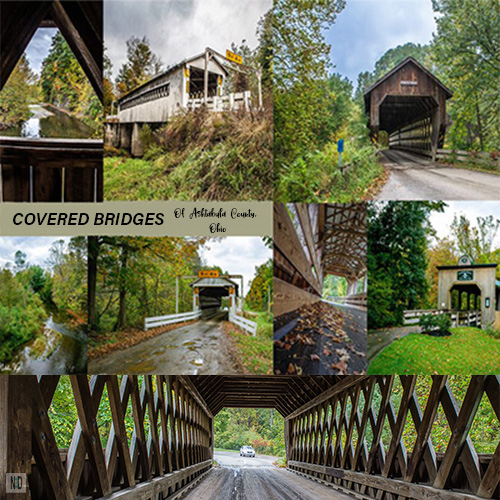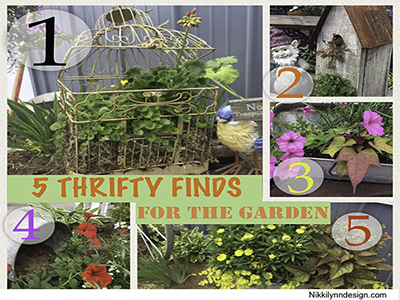Bloodroot is one of the earliest woodland wildflowers to bloom depending on the tree overgrowth above. The pure white flowers grow 8-20 inches in height with a creamy yellow center. The flowers remain open during the warmth of the day and close at night.
Bloodroot
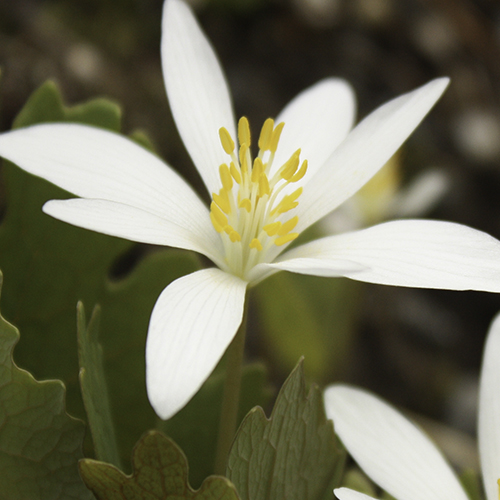
Bloodroot wildflowers have 8–12 delicate white petals, many yellow stamens, and two sepals below the petals, which fall off after the flowers open.
The stamens are the male reproductive parts, the pistils are the female reproductive parts.
This early bloomer produces pollen for the early arriving insects like flies and bees.
General Information
| Genus: | Sanguinaria canadensis |
| Family: | Poppy |
| Life Cycle: | Perennial |
| Origin: | Native to the lower 48 states and Canada |
| Habitat: | Deciduous forests and woodlands with decaying plant matter. Along river banks. |
| Bloom Season: | March, April & May in Wisconsin (For about 2 weeks) |
| Plant Height: | 8 to 20 inches |
| Other Names: | Bloodwort, Indian paint, puccoon, and red puccoon |
Parts of the Plant
Almost before the snow has left, the flower stalk bearing a little bud, closely wrapped in a delicate silvery leaflet, forces its way up through the earth and dead leaves. The leaf unfurls and the flower stalk grows rapidly, forcing the bud up out of its protection; it now opens.
The two sheathing sepals falling off, exposing to our view an exquisitely pure, white, delicate blossom; the eight petals are partially closed on dull days, but in sunshine spread wide open, one and one-half inches in diameter, exposing the golden center made up of the numerous, yellow-tipped stamens. The flowers are very delicate; the petals stay but two or three days anyway, and a breath of wind may blow them off sooner.
After the flower is gone, the leaf develops rapidly and becomes very large and imposing, with many divisions and lobes. The root is reddish and is filled with a ‘blood-like juice, as is also the stem. This is now used in medicines and was formerly used by Indians for coloring purposes.
Earth, Teach Me
Earth teach me quiet ~ as the grasses are still with new light.
Earth teach me suffering ~ as old stones suffer with memory.
Earth teach me humility ~ as blossoms are humble with beginning.
Earth teach me caring ~ as mothers nurture their young.
Earth teach me courage ~ as the tree that stands alone.
Earth teach me limitation ~ as the ant that crawls on the ground.
Earth teach me freedom ~ as the eagle that soars in the sky.
Earth teach me acceptance ~ as the leaves that die each fall.
Earth teach me renewal ~ as the seed that rises in the spring.
Earth teach me to forget myself ~ as melted snow forgets its life.
Earth teach me to remember kindness ~ as dry fields weep with rain.
– An Ute Prayer
Pictures of Bloodroot
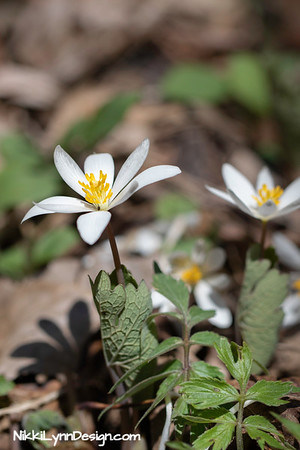
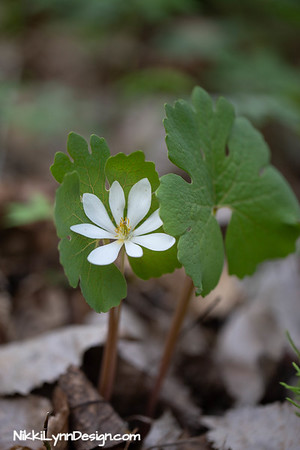

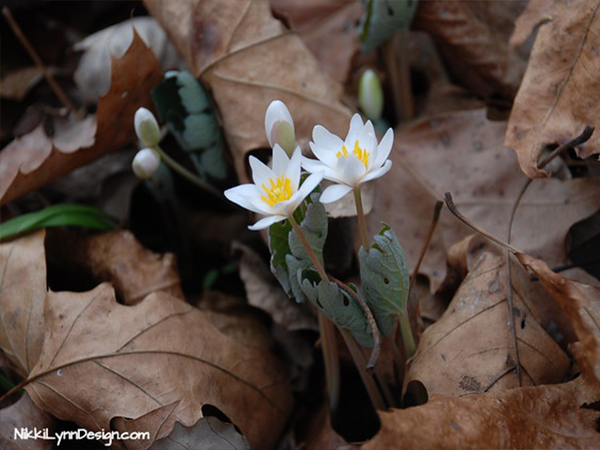
Bloodroot is a popular red natural dye used by Native American artists, especially among southeastern rivercane basketmakers. The root of the plant is dug up and cut open to reveal a red latex from its underground stem and roots.
Planting
Perfect flowering addition to any wildflower garden. The flower’s scent and pollen attract early pollinators like the Mason bee and Carpenter bees.
| USDA Zone: | 3-8 |
| Sun Exposure: | Partial, Shade |
| Soil Moisture: | Medium-wet to Medium dry |
| Height: | 8-20″ |
| Attracts | Bees, flies, and ants |
| Bloom Color: | White |
| Plant Spacing: | 6-10″ |
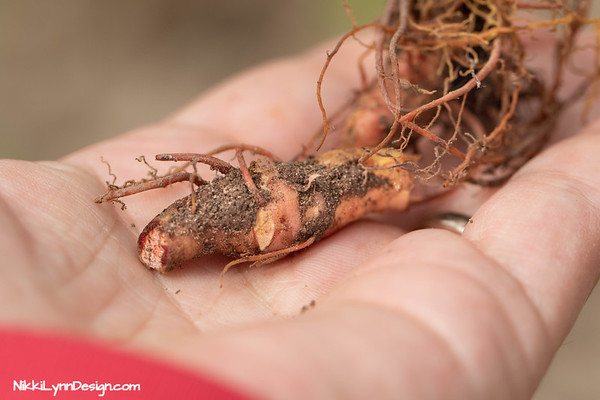
You can plant bloodroot from seed or divide bloodroot plants in spring or fall by digging up a few rhizomes. To plant the rhizome dig a hole 1″ down in rich soil and place them horizontally 1 inch or more apart. Cover with soil.
Light: Light shade to partial sun.
Soil: Choose a location where the soil will be moist throughout the season.
Sharing Is Caring. Pin Me
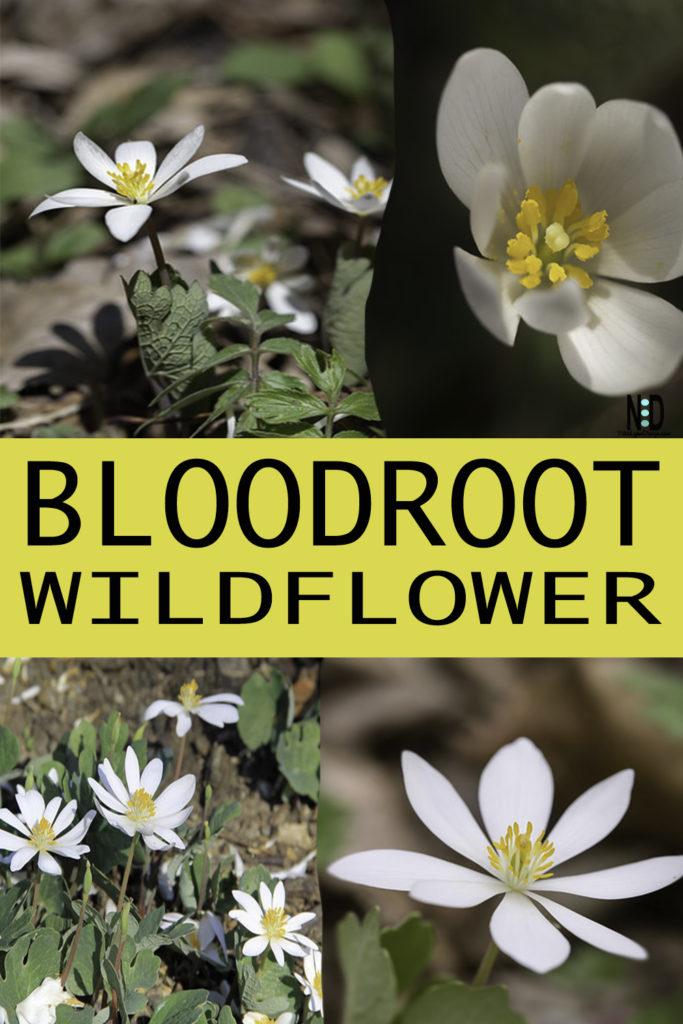
Wildflowers & Woodland Plants
March, April, May, June,
July, August, September
Additional Posts
